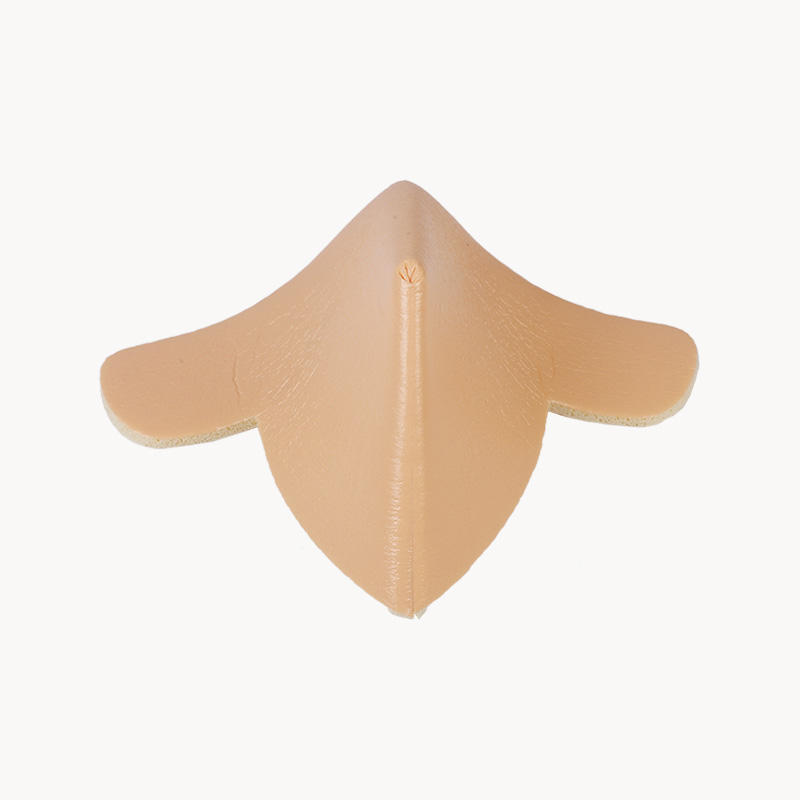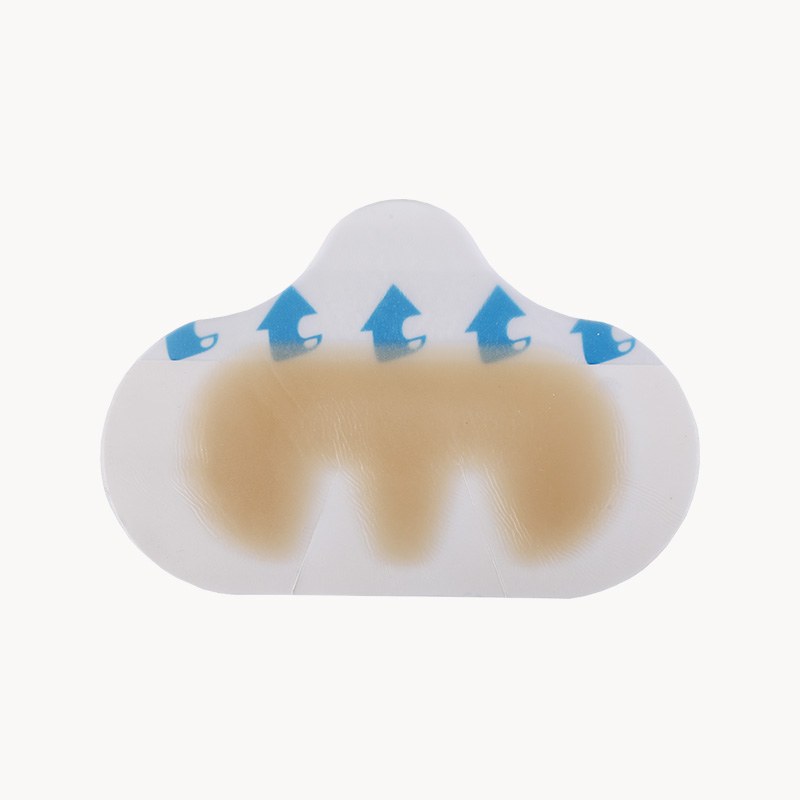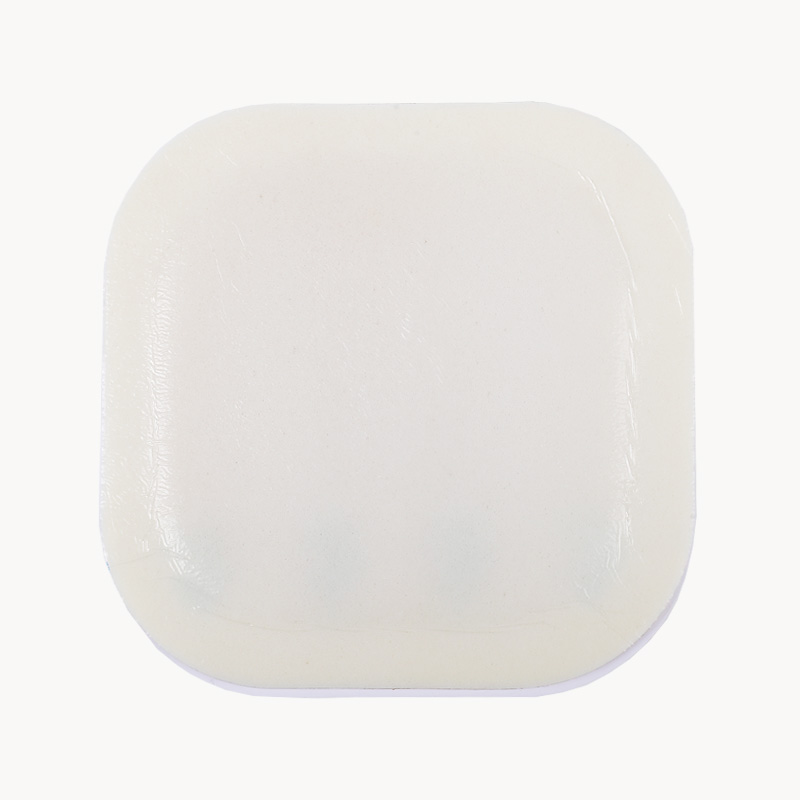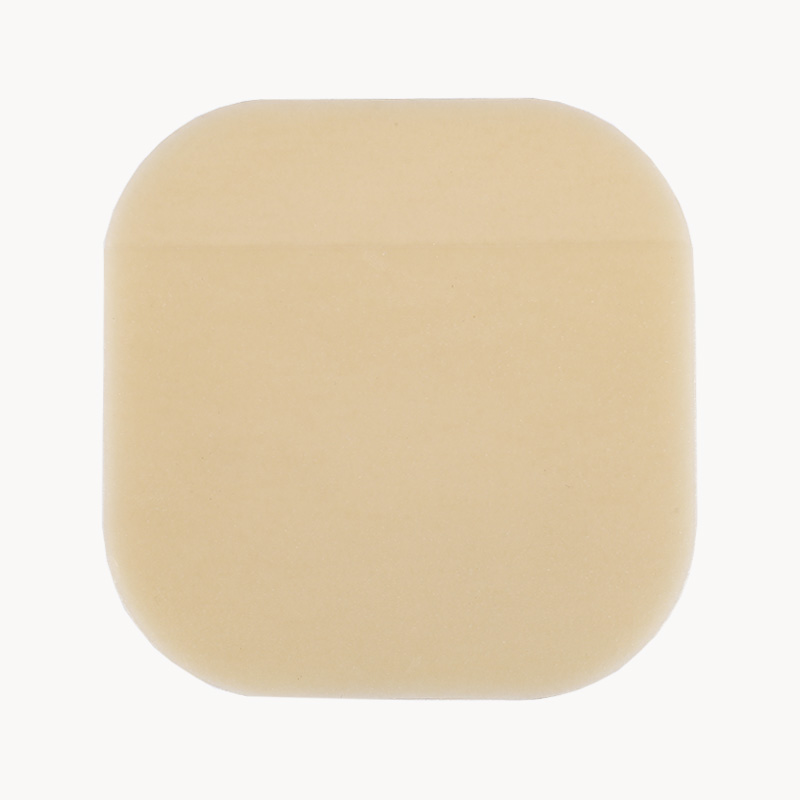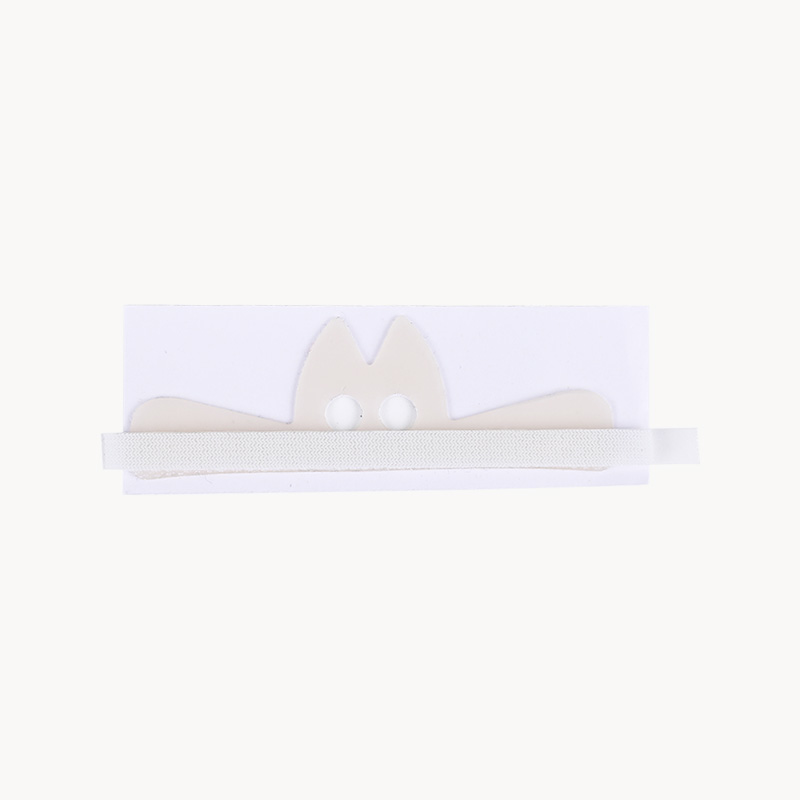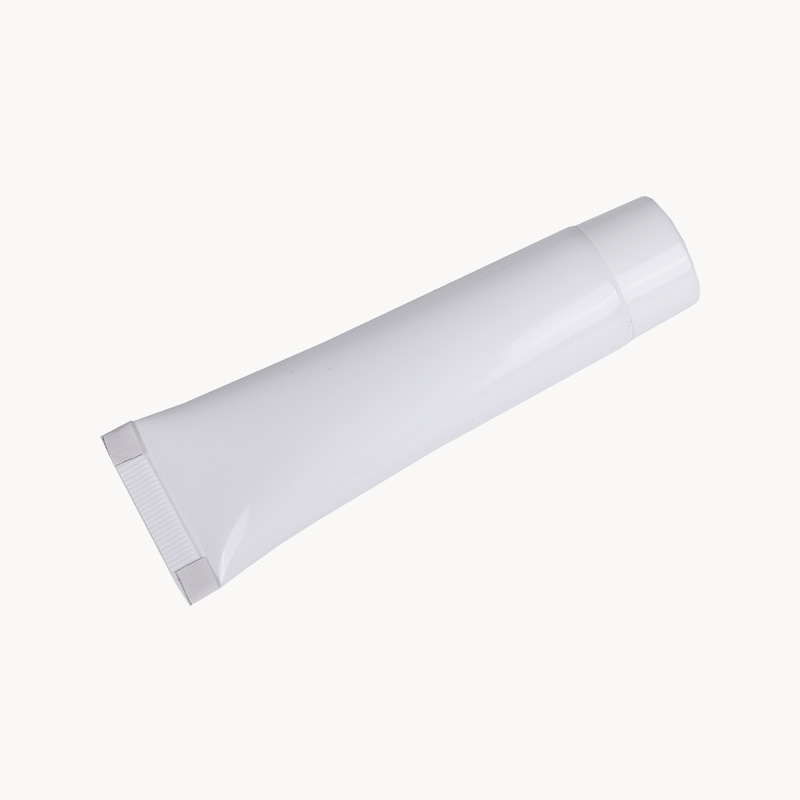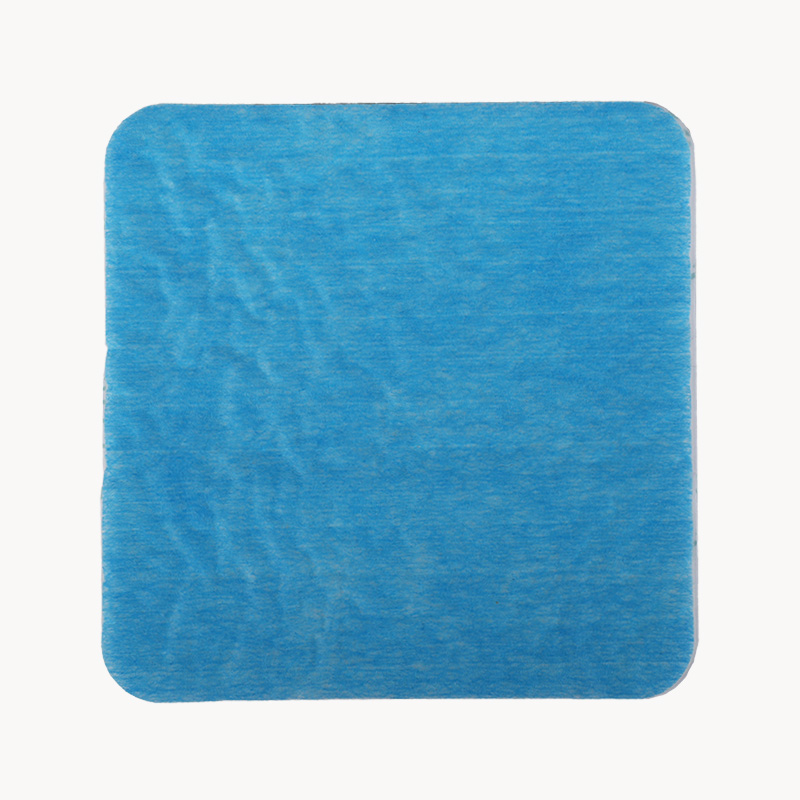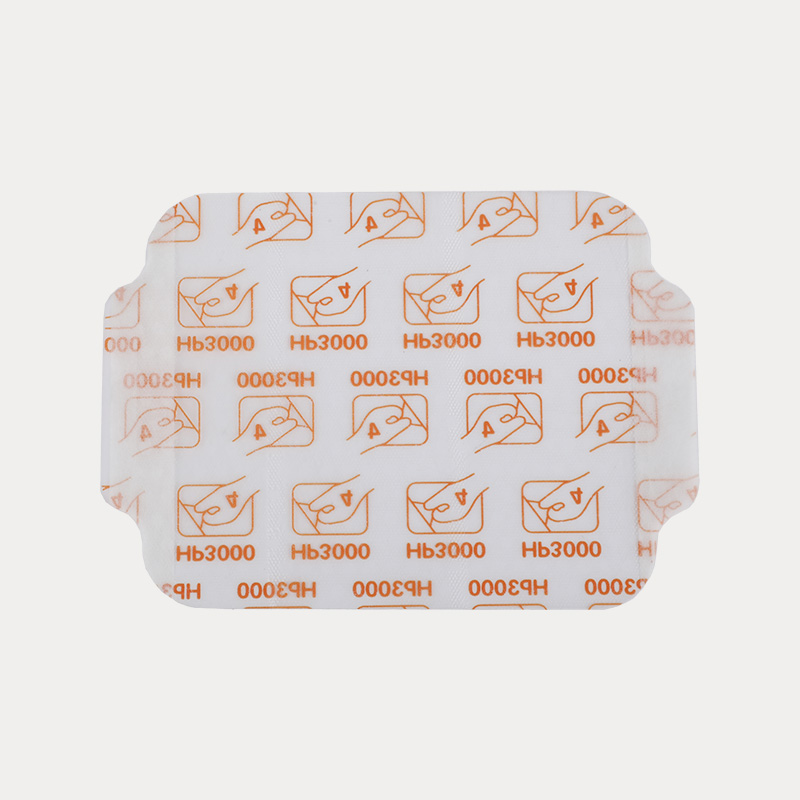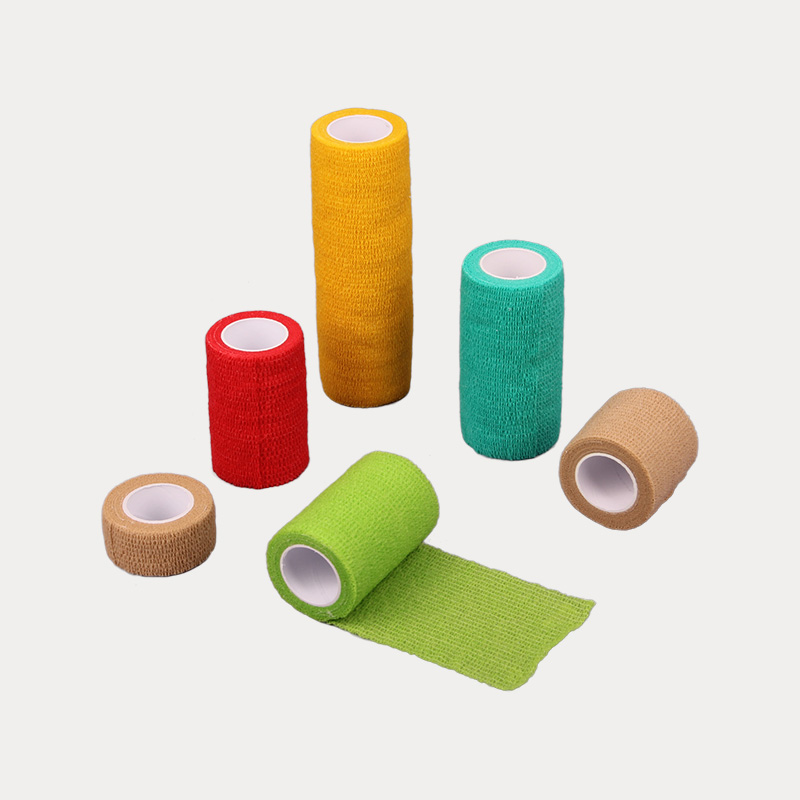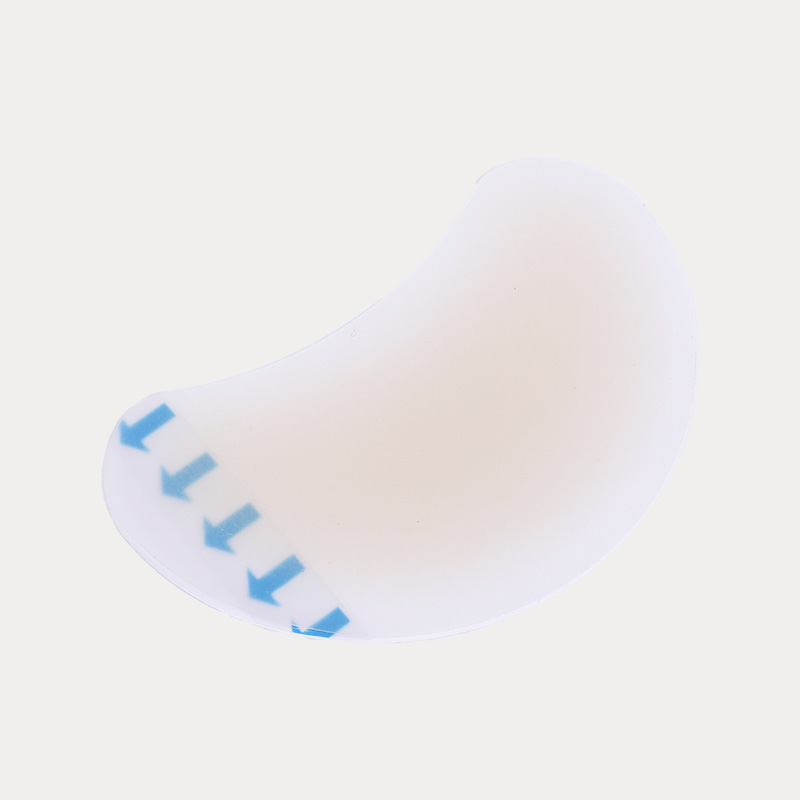Honey and vinegar, when combined and applied to laboratory-grown bacterial biofilms, can significantly improve infection treatment, a new study has found. The study, published in Microbiology, is the first comprehensive exploration of how this concoction could be used in modern medicine. Bacterial infections can be difficult to treat, especially when they are protected by biofilms. A biofilm is a complex system of bacteria that can tightly adhere to a surface, such as the flesh of an infected wound. Bacteria protected by biofilms are difficult to kill, and current treatments are not always effective at removing them.
Previous research has shown that manuka honey has antimicrobial properties that aid in wound healing, and vinegar has also been shown to be a useful antiseptic. While doctors have used this information in medicine, they only use acetic acid (the active ingredient in vinegar) and do not currently combine the two.
A research team at the University of Warwick has pioneered what happens when honey and vinegar are mixed and applied to laboratory-grown bacterial biofilms. After identifying the gap, the researchers set out to study the effects of combining two medical-grade honey ointments with natural vinegar or acetic acid. They want to see how well the treatment works at killing microbes, and which combinations work best.
By comparing vinegar and acetic acid alone, then combined with medical-grade honey, the researchers found that a combination of the two substances worked best. The researchers also found that some natural vinegar were more effective at killing bacteria than an equivalent dose of pure acetic acid. In particular, pomegranate vinegar is an interesting candidate worthy of further study. They have strong antibacterial activity and, like acetic acid, are also active when combined with honey.
While more research is needed to understand the mechanism and optimal dosage combination of the honey and vinegar mix, these promising results have proven exciting enough that the researchers now recommend that the modern version of oxymel be included in the clinical trial phase.

 English
English عربى
عربى Español
Español русский
русский 中文简体
中文简体






